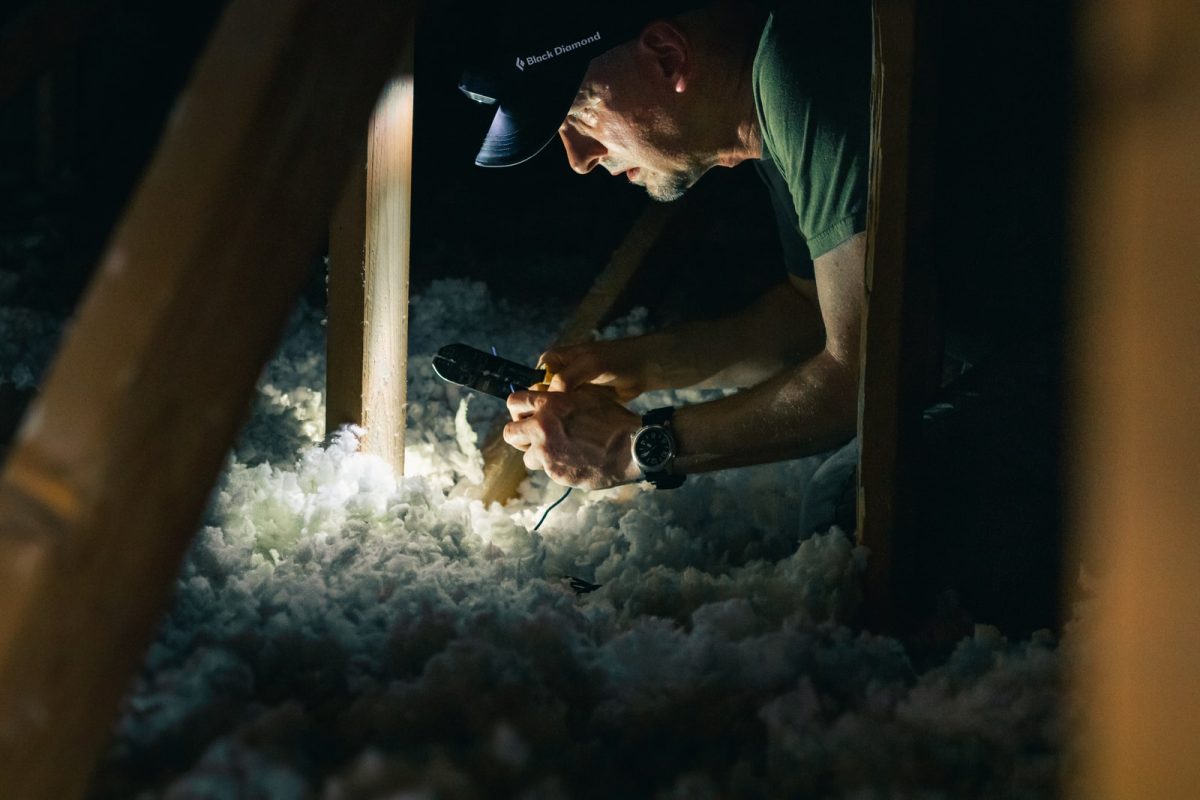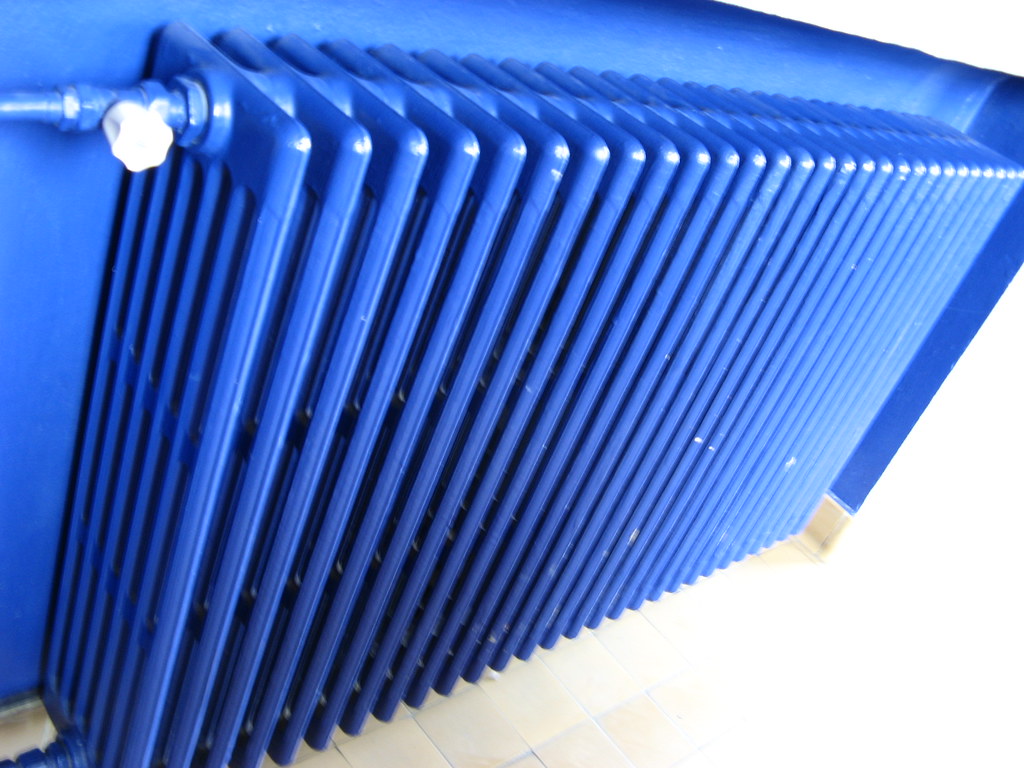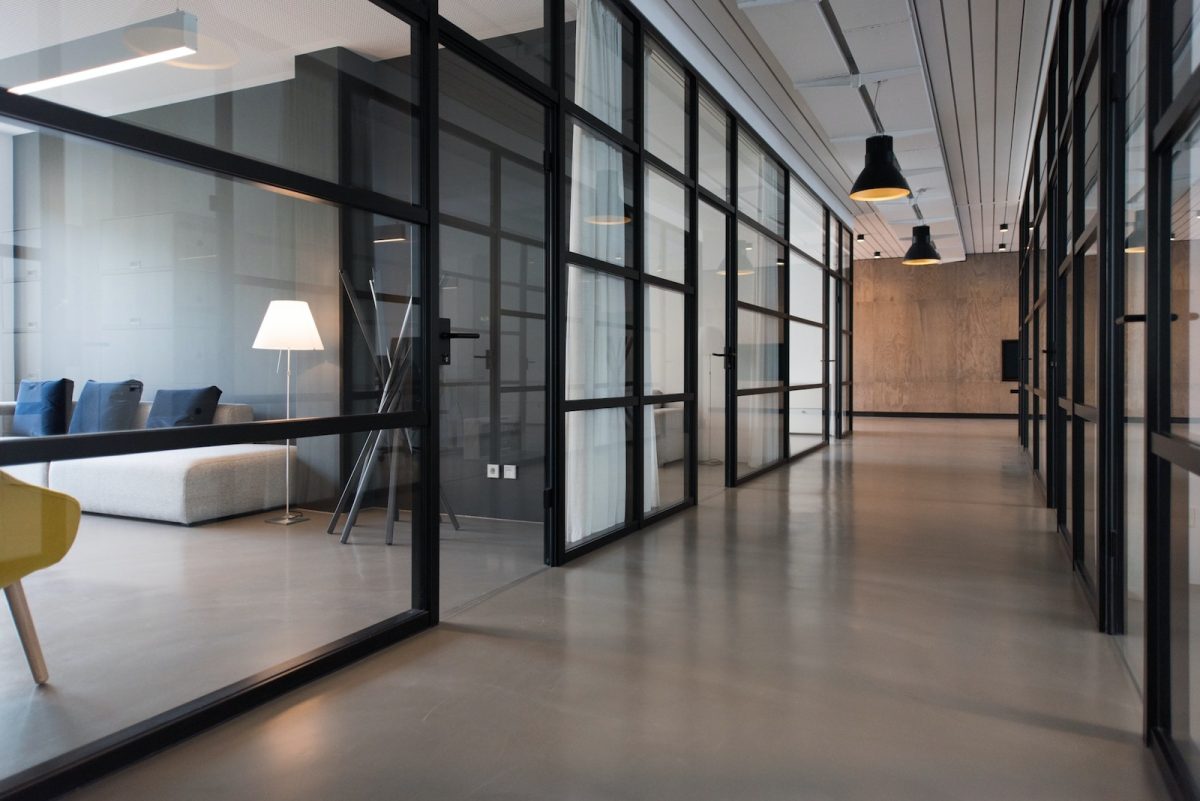Do you want to insulate your home to save energy and/or reduce your energy consumption? There are several types of insulation, depending on your needs and budget. Here is a short guide to the different possible insulation options for your home.
Choosing the right insulation for your home: the different types of insulation
There are several types of insulation, each with its own advantages and disadvantages. Before choosing the right type of insulation for your home, it is important to consider several factors such as construction type, climate, heating and cooling needs, etc.
Thermal insulation is a type of insulation that helps reduce heat transfer between a hot area and a cold area. It can be implemented using insulating materials such as glass wool, rock wool, cellulose wadding, etc. Thermal insulation helps reduce heating bills in winter and air conditioning in summer.
Sound insulation is a type of insulation that helps reduce noise pollution. It can be implemented using insulating materials such as rock wool, glass wool, cellulose wadding, etc. Sound insulation helps create a quieter and more comfortable environment.
Exterior insulation is a type of insulation that is done by adding insulating materials to the exterior walls of a house. This technique reduces heat transfer and improves sound insulation. It is often used in new homes or renovations.
Interior insulation is a type of insulation that is done by adding insulating materials to the interior walls of a house. This technique reduces heat transfer and improves sound insulation. It is often used in homes old or under renovation.
Choosing the right type of insulation for your home depends on several factors. It is important to take into account the type of construction, climate, heating and cooling needs, etc. Depending on these factors, you can choose the type of insulation that suits you best.
What are the different types of insulation?
There are different types of insulation, including thermal insulation, sound insulation and acoustic insulation.
Thermal insulation aims to prevent the transmission of heat, while sound insulation aims to prevent the transmission of sound.
Acoustic insulation aims to improve the sound quality of an environment. The different types of insulation can be classified based on their composition, installation or application.
Thermal insulation is generally made of insulating materials, such as glass wool, rock wool or polystyrene. These materials are typically installed between the walls, floors and ceilings of a home to reduce heat transmission.
Sound insulation is made up of sound-absorbing materials, such as sound insulation panels or absorbent mats. These materials are generally installed between the walls, floors and ceilings of a home to reduce sound transmission.
Sound insulation is usually made of sound-absorbing materials, such as sound insulation panels or sound-absorbing mats. These materials are generally installed between the walls, floors and ceilings of a home to improve the sound quality of the environment.
The advantages and disadvantages of each type of insulation
There are different types of insulation, each with its own advantages and disadvantages. Therefore, it is important to take the time to compare the different options before making a choice. Exterior thermal insulation (ITE) is an insulation technique which consists of installing a layer of insulation on the exterior walls of a building. This technique has many advantages, including better thermal resistance, better sound insulation and increased protection against bad weather. In addition, exterior insulation helps preserve the aesthetic appearance of the building. However, ITE is a more expensive technique than other insulation methods and requires the intervention of a qualified professional. Interior insulation (ITI) is an insulation technique which consists of installing a layer of insulation on the interior walls of a building. This technique has many advantages, including better thermal resistance, better sound insulation and increased protection against bad weather. In addition, interior insulation helps preserve the aesthetic appearance of the building. However, ITI is a more expensive technique than other insulation methods and requires the intervention of a qualified professional. Insulating lost attics is an insulation technique which consists of installing a layer of insulation in the lost attics of a building. This technique has many advantages, including better thermal resistance, better sound insulation and increased protection against bad weather. In addition, insulating the attic space helps preserve the aesthetic appearance of the building. However, attic insulation is a more expensive technique than other insulation methods and requires the intervention of a qualified professional. Interior wall insulation (IMI) is a technique e insulation which consists of laying a layer of insulation on the interior walls of a building. This technique has many advantages, including better thermal resistance, better sound insulation and increased protection against bad weather. In addition, insulating the walls from the inside helps preserve the aesthetic appearance of the building. However, the IMI is
How to choose the right insulation for your home?
There are several criteria to consider when choosing insulation for your home. Indeed, it is important to choose insulation adapted to the specific characteristics of your house, depending on its type of architecture, its orientation, its exposure, etc. Furthermore, it is also important to choose insulation according to your own needs and desires. Indeed, some insulation may be more suitable than others depending on your lifestyle and your consumption habits. To choose the right insulation for your home, it is therefore important to take several criteria into account. First of all, it is important to choose insulation adapted to the type of architecture of your house. Indeed, some insulation may be more suitable for older homes, while others may be more suitable for more modern homes. Additionally, it is also important to take into account the orientation and exposure of your home. Indeed, certain orientations and certain exposures may favor the use of certain insulators rather than others. Furthermore, it is also important to take your own needs and desires into account when choosing insulation for your home. Indeed, some insulation may be more suitable than others depending on your lifestyle and your consumption habits. So, if you want better insulation, it is important to choose thicker insulation. On the other hand, if you want more aesthetic insulation, it is important to choose thinner insulation.
Insulation: how to choose the right one to save on your bills?
Insulation is one of the most important factors to consider when constructing or renovating a building. Indeed, good insulation helps reduce heat loss and, consequently, lower heating bills. There are several types of insulation, and it is important to choose them carefully depending on the use that will be made of them and the climatic conditions of the region in which the building is located. The most common insulators are natural materials such as glass or rock wool, cork, cellulose wadding, wood wool, cotton wool, etc. These insulators have the advantage of being ecological and recyclable. However, they have disadvantages: some are flammable, others are porous and can allow humidity to pass through. Synthetic insulation, such as polystyrene, polyurethane, polyisocyanurate, etc., has the advantage of being very efficient and not very combustible. However, they are often more expensive than natural insulation, and some can be harmful to the environment. It is important to choose the right insulation according to the use that will be made of it and the climatic conditions of the region in which the building is located. The most common insulators are natural materials such as glass or rock wool, cork, cellulose wadding, wood wool, cotton wool, etc. These insulators have the advantage of being ecological and recyclable. However, they have disadvantages: some are flammable, others are porous and can allow humidity to pass through. Synthetic insulation, such as polystyrene, polyurethane, polyisocyanurate, etc., has the advantage of being very efficient and not very combustible. However, they are often more expensive than natural insulation, and some can be harmful to the environment.
There are several types of insulation for homes, each with its own advantages and disadvantages. The best insulation for your home will depend on your budget, your insulation needs and the layout of your home.







